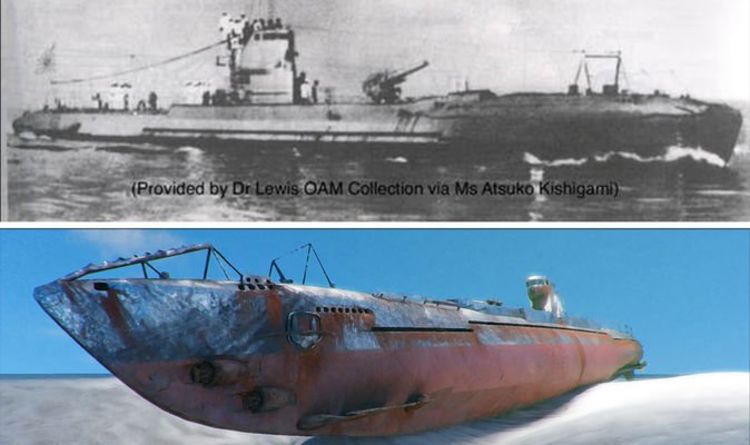

Tomorrow will mark 80 years since the first sinking of a Japanese submarine by an Australian ship during World War 2. Now maritime archaeologists have developed an innovative new virtual reality experience that offers unprecedented access to the Japanese submarine that was sunk while on a secret mission in northern Australian waters.
The I-124, originally named Submarine Minelayer No. 52, served for the Imperial Japanese Army during World War 2 until it was sunk by the Allied forces in 1942, killing 80 crew members.
The submarine was used for laying mines in the ocean and supported the Japanese Army in the invasion of the Philippines during World War 2.
Diving in waters near the historic wreck is strictly controlled, so this new virtual reality experience is the only way the Australian and Japanese public can access this historically significant site for the first time.
In anticipation of the 80th anniversary, the Northern Territory Government Heritage Branch undertook a joint project with the Australian Institute of Marine Science (AIMS) from the AIMS research vessel Solander to map the wreck using state-of-the-art remote sensing equipment in October 2021.
Dr John McCarthy, a maritime archaeologist at Flinders University was then commissioned to create a virtual dive experience to show how this data is being used to understand and monitor this site, which is a crucial wreck in understanding World War 2 history.
Dr McCarthy, Maritime Archaeology Lecturer in the College of Humanities, Arts and Social Sciences at Flinders University said: “Drawing on our data, and historic ship plans and photographs, we’ve created a virtual dive experience in which the video takes the viewer through the data gathering process, and then takes you down into the deep, to experience the wreck firsthand.
READ MORE: Google Maps exposes WW2 battlefield where hundreds died
During World War 2 there were claims that even after the submarine was down by the Allies, her crew remained alive for some time, and that divers heard crew movement inside her hull.
The submarine was believed that have provided a crucial breakthrough for the Allies after US Navy divers entered the sunken remains of the submarine and removed naval codebooks.
However, this claim was later disproved by maritime archaeologists, who say that it was too dangerous for divers to enter the sunken wreckage as their ships would have been vulnerable to attacks from Axis forces.





More Stories
POLL: Would you install a hydrogen-ready boiler in your home?
Hearses line the streets of Beijing as China’s Covid crisis causes crematorium backlog
London Defender Person Of The Year Is Genius Inventor Andre Gray 2022